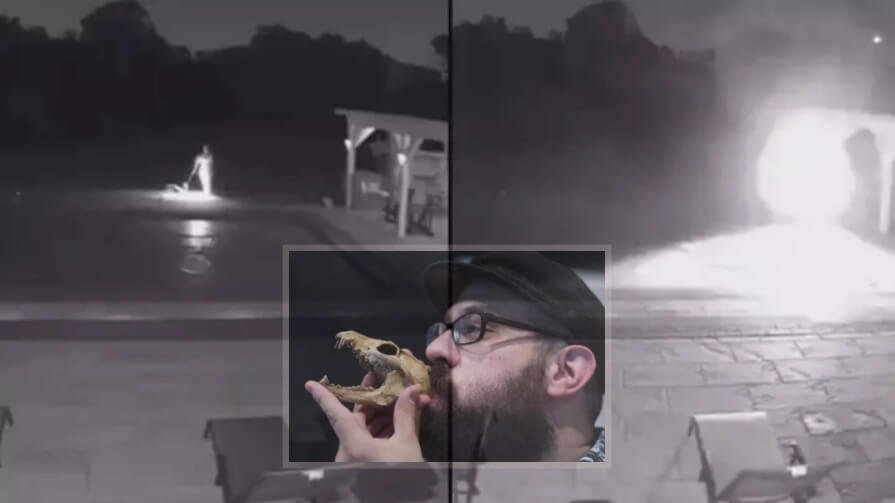The 'World's Most Terrifying Sound' captured on a doorbell in a chilling moment may have sent shivers down the spines of those who heard it, but the origins of this blood-curdling noise trace back to a different time and place altogether. It is believed that the chilling sound resembles that of a woman screaming at the top of her lungs, a haunting noise that sent a dog owner and their pet scurrying back indoors in fear.
This spine-tingling commotion is thought to be produced by an Aztec Death Whistle, a name that is as ominous as the instrument itself. While the purpose of these whistles has been the subject of debate among archaeologists and historians, their discovery in 1999 shed light on an intriguing aspect of Aztec culture.
Initially, these whistles were thought to be mere toys, but it wasn't until 15 years later that a scientist decided to blow into one, revealing the horrifying sound it could produce. The noise emitted from these whistles was said to strike fear into the hearts of those who heard it, resembling the scream of a human in distress.
The discovery of Aztec death whistles has sparked a variety of theories regarding their use. Some contend that they served a ceremonial or religious purpose, possibly connected to the god of the underworld, Mictlantecuhtli, while others contend that Aztec warriors used them to terrify their enemies on the battlefield.
Aztec Death Whistles were first discovered in 1999. Credit: Tanner Pearson/The Boston Globe via Getty Images
Music archaeologist Arnd Adje Both's research into the inner workings of these whistles revealed that their sound was not as sharp as expected. Instead, it resembled the wind's atmospheric noise. This suggests that, despite their terrifying appearance and reputation, these instruments may have been used more in ceremonial rituals than in actual warfare.
The Aztec Death Whistle remains a mysterious artifact, and while its purpose continues to intrigue historians and archaeologists, it serves as a chilling reminder of the enigmatic aspects of ancient cultures. The eerie sound it produces echoes across the centuries, captivating the imagination and stirring curiosity about the rituals and beliefs of the Aztec civilization.
In conclusion, the Aztec Death Whistle is a haunting relic from the past that continues to perplex and fascinate. Its terrifying sound has left a lasting impression, offering a glimpse into the complex world of the Aztecs and their intriguing cultural practices.








